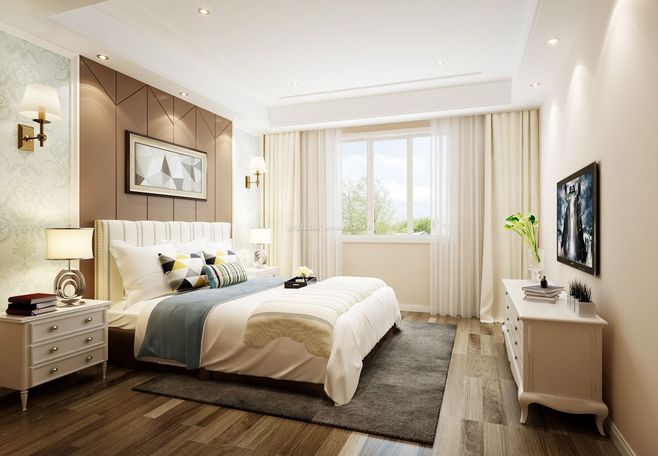
Intelligent robotic system Ori can rearrange furniture to change a single space for multiple functions.
For those who live in small spaces, the trade-offs are endless: dining table or closet? Bookshelf or dresser? Larger bed or more room to walk around? MIT Media Lab may have solved that problem with a smart robotic system called Ori . The system, which was designed by Yves Béhar (of Fuseproject and Jawbone renown), aims to ensure optimal functionality by transforming interior spaces at the touch of a button. In its initial application, Ori can transform one studio space into an apartment complete with a bedroom, a living room, and an office.
This content can also be viewed on the site it originates from.
“More and more, young professionals are moving to urban centers, for the culture, for the community, and of course, for work,” says Béhar. “Urban density is great for efficiency, but how do we solve the very high prices per square foot and make micro apartments actually livable and enjoyable? Ori, which runs on magnetic actuators, literally transforms the space to create the feeling of a luxurious one-bedroom apartment. It goes beyond spatial efficiency—it truly shifts how we experience interior spaces.”
The system, which grew out of MIT Media Lab’s much buzzed-about CityHome project and is now its own company helmed by Hasier Larrea, is named for origami, and takes from that Japanese art a similar capacity for flexibility and transformation. “The world is urbanizing like crazy, and infrastructure cannot keep up with the demand,” says Larrea. “The way we move through our cities, the places where we live and work, the food and its distribution will need to evolve to meet the challenge. Ori is specifically focusing on changing the paradigm of space design by creating tools that allow space to adapt to us and our activities, not the other way around.”

Ori’s hub.
While Ori’s debut system is designed as a one-bedroom apartment, Larrea and his team envision the technology growing to find applications in a variety of spaces, with an equal range of design. “Robotics are the underlying components, and the design wraps up around the technology like skins, allowing for the customization of the experience depending on the user and type of space,” he explains. “We are starting with an initial family of designs, but you can imagine how there could be virtually endless design possibilities that could be empowered by our technologies.” The first system, officially announced today, will be available in early 2017. Start downsizing now!









